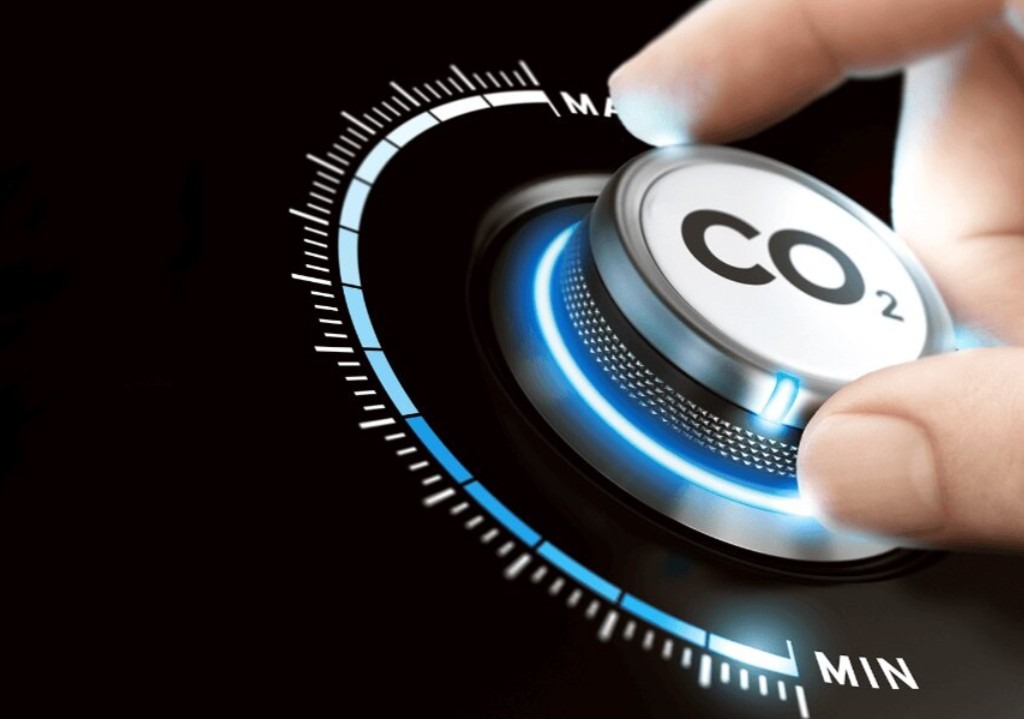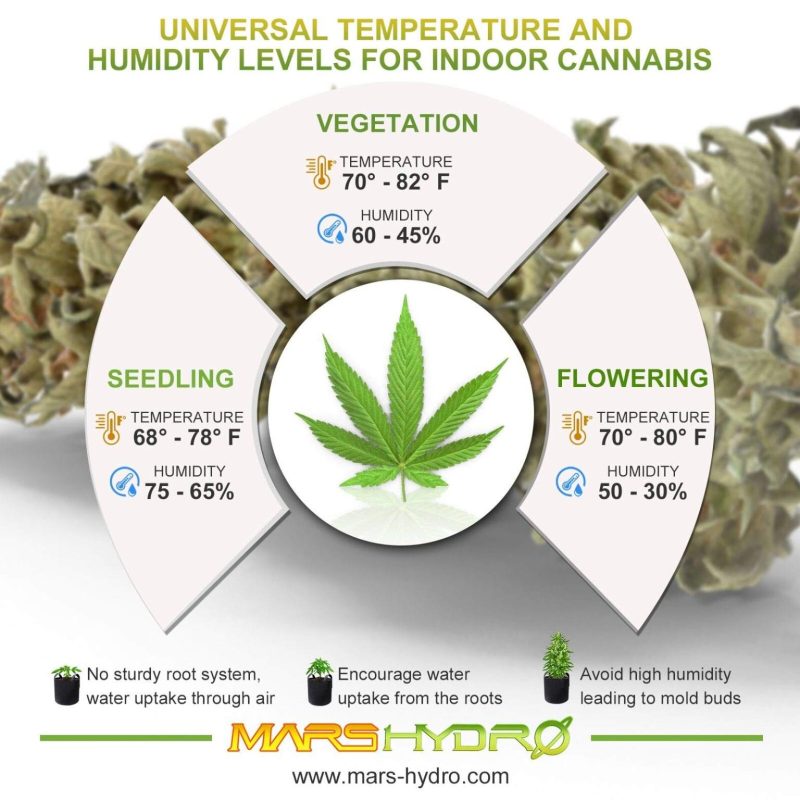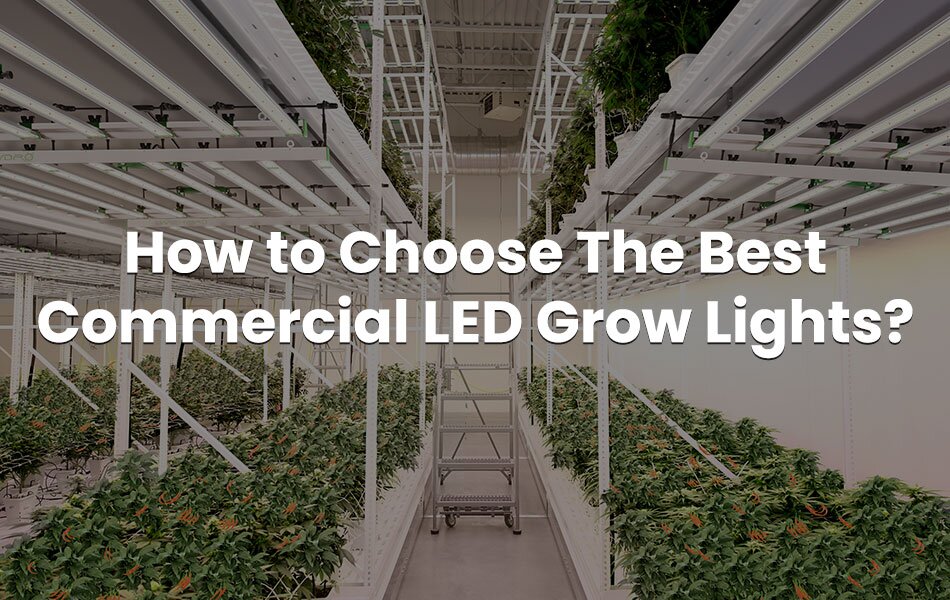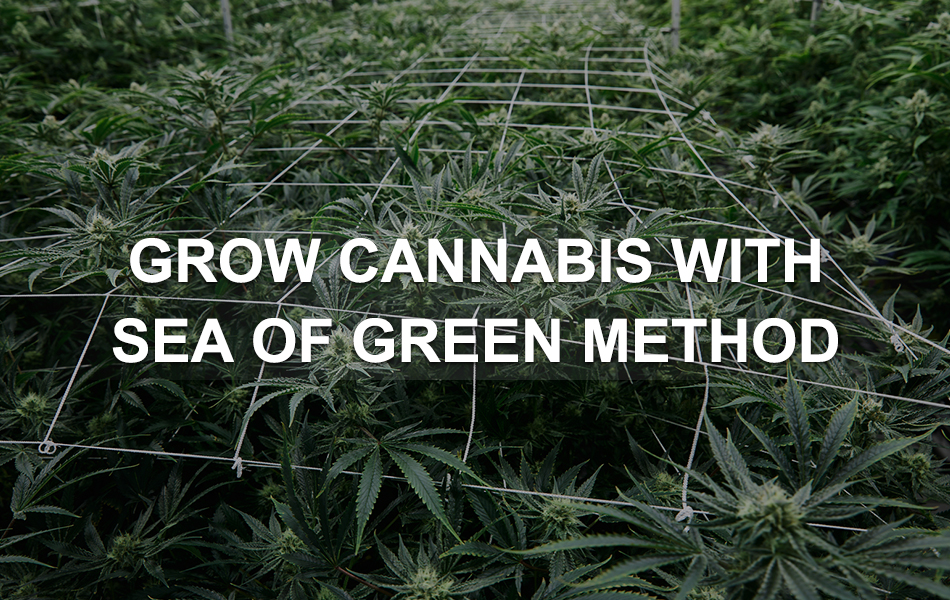
How Much CO2 Is Good For Cannabis —Cultivate Crazy Colas With CO2
August 20, 2022
The Promise Of Vertical Farming & LED Grow Lights For Cannabis — The Marijuana Industry Is “Growing Up”
August 20, 2022Some plant strains could survive in suboptimal environments, but they probably won’t thrive. If you want to grow fire indoor flowers, you have to take control of your climate. It’s crucial to monitor the relationship between temperature and humidity as your plants mature.
From CO2 levels to watering schedules, temp and humidity impact many aspects of your grow operations. Since warm air retains moisture, it can supply crucial hydration to fragile seedlings. However, as plants mature, too much humidity could pose an increased risk of mold.
Average Temperature & Humidity Levels For Plants
Finding the optimal temperature may take a bit of tinkering, but there are a few general heat and humidity levels that cultivators could use as a guide.

Keep It Steamy For Seedlings
Since plant seedlings don’t have a sturdy root structure, they will absorb most of their water through the air. For this reason, cultivators need to ramp up their average humidity during this initial stage of growth.
Most seedlings perform well in an environment with 65 – 75% humidity and temperatures between 68° – 78° F. However, if you’re working with clones rather than seedlings, you should invest in a humidity dome. Young clones need the highest humidity rates of about 75 – 90% for optimal growth.
While seedlings need high humidity rates, cultivators still have to watch out for complications like mold. It’s best to start with the highest humidity rate and gradually decrease as plants approach vegetation.
Also, home-growers that live in a state with cold temperatures should invest in a high-quality Mars Hydro heat mat. These devices help keep your delicate seedlings warm as they begin developing their roots.
Increase Ventilation For The Vegetative Stage
When plants transition to the vegetative stage, they don’t need as much water from the atmosphere. In fact, cultivators should begin encouraging their strains to develop a robust root system by watering the soil around their plants.
To assist this natural transition, it’s best to dial back humidity to the 60 – 45% range. However, you should consider increasing the ambient temperature to mimic the summer season. An optimal temperature range for vegetation is between 70° – 82° F.
High heat is especially significant if you’re adding CO2 to your grow space. Plants need higher average temperatures to use supplemental CO2 for photosynthesis. Depending on how much CO2 you add to your grow space, you could safely raise temps to 85° – 90° F.
Please don’t forget to incorporate a ventilation fan into your cultivation strategy. These fans help strengthen stems and reduce the risk of pests and mildew.
Dehumidify For The Dankest Buds — Temperatures During Flowering
As strains move into the flowering stage, they should have a fully-developed root system. Therefore, these plants don’t need high humidity for their hydration needs.
In fact, excessive heat will significantly increase the risk of mold and hermaphroditism. If you have a dehumidifier and inline fan, this is the best time to put them to use.
Ideal humidity ranges for flowering plants are about 50 – 30%. Temperatures should decrease throughout flowering to mimic the change from summer to autumn, with average temps between 70° – 80° F.
Heat & Humidity For plants — A Few Final Considerations
Most plants perform best in a climate that resembles subtropical regions. Also, every strain needs the highest amount of humidity in the seedling phase, since the plant’s roots are at their weakest during this stage. As the plants mature, cultivators should keep reducing their room’s total humidity to avoid complications like mildew.
While these temp and humidity guidelines work for most plants, cultivators must double-check strain-specific guidance. For instance, full-bred sativa strains perform better in areas that mimic regions like Thailand or South America. By contrast, indicas could fare well in grow rooms with slightly lower temperature and humidity levels.
Balancing heat and humidity may not come easily, and the ratios that work for one hybrid may not work for another. Be sure to take detailed notes of average temps and humidity levels to better understand the ideal setting for each strain.
Universal Temperature and Humidity Levels For Indoor plants Growing
| Growth stage | Temperature | Humidity |
| Seeding | 68° – 78° F | 75-65% |
| Vegetation | 70° – 82° F | 60-45% |
| Flowering | 70° – 80° F | 50-30% |
For better preservation:

Mars Hydro Tools That May Help You
Mars Hydro heat mats are built with a temperature-controllable design, control range from 40~ 108 °F (5 ~42 °C), with auto overheating protection to safeguard young plants from cold and give them enough temperature energy to start roots.
Mars Hydro Inline Fans and Fan Kits. Utilized PWM controlled motor and mix-flow design, Mars Hydro fans provide powerful airflow with low noise, bringing in cold fresh air into your grow rooms. The carbon filter is made of Virgin Australian activated charcoal, delivering 100% filtered air while eliminating odors.
And of course, Mars Hydro LED grow lights, give off little heat so they won’t it more difficult for you to control the temp. Meanwhile, they give off substantial PAR for plant growth. Since Mars Hydro LEDs don’t dramatically affect ambient temperature, indoor growers enjoy complete control over their temperature and humidity metrics.
Besides, we also recommend growers read about VPD for cannabis to get more precise control over their growing environment.



